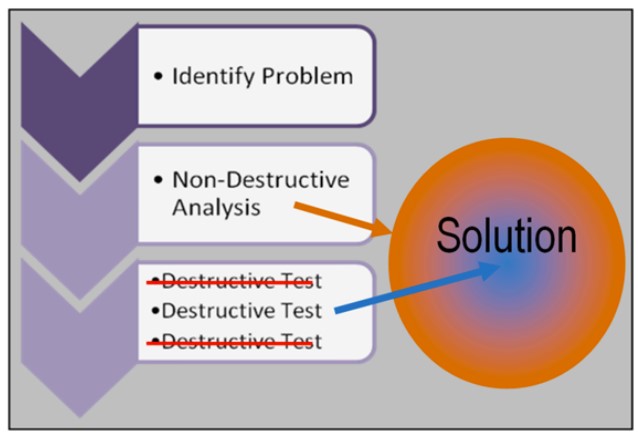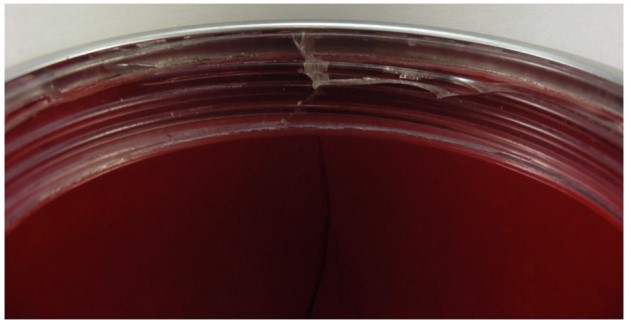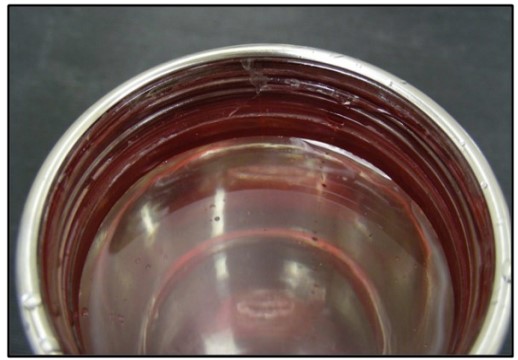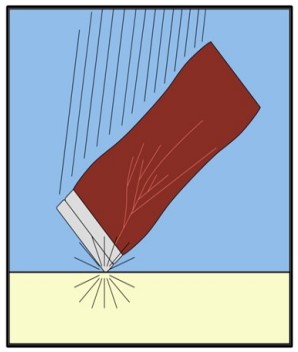
Figure 1 – Elimination of destructive tests.
People are creatures of habit. When faced with a problem, a mathematician might neatly write out all known variables, or a physicist may immediately draw a free body diagram in order to get a better grasp of a certain situation. While these are good first steps to answering a question, one might have an equally unhelpful impulse often in the interest of saving time. Skipping foundational steps to solve a problem could lead to a dead end without being any closer to an answer. In the same way, jumping prematurely to destructive testing of a failed part could lead down a wrong path with no way of returning to “square one.” Taking the time to perform a non-destructive, visual analysis at the forefront of a problem will always be helpful. In some cases, it could completely solve the problem. In other cases, it will provide a springboard to destructive testing and eliminate certain destructive tests (Figure 1).
Let us take a look at a case study of a travel mug.
A Non-Destructive Testing Case Study: Travel Mug
Problem Identification – The only background information provided was that the mug failed in the field, and the lid was not provided. In this case, the failure is obvious to anyone who would pick up the mug to use it. There is a large longitudinal crack running down from the metal lip at the top of the mug. A quick survey of the interior shows a little less obvious cracking in the threaded section of the travel mug (Figure 2).

Figure 2– Overview of the failed travel mug. (Black box shows an axial crack).
Before we get too far, I want to identify two questions (and a possible third), regarding this failure:
- How and why did cracking occur?
- Who is responsible for the failure?
- If failure is due to design/manufacturing, what can be done to prevent future failures?
Exterior Analysis

Figure 3 – Exterior micrograph view of the axial crack and a view of the axial crack, in the outer housing through the internal cup.
A closer examination of the visible fracture on the side of the mug (Figure 3), shows me three things right away: it is high energy, it is rapid, and it started at the top. All three of these characteristics stem from the fact that there are bifurcations in the main crack. When a single crack cannot dissipate energy in a part quickly enough, it will branch into multiple cracks. Because of this, true bifurcations typically occur in rapid fractures. Finally, if you think of the crack as a tree branch, the bifurcations grow out of the main crack, not the other way around. This shows that the crack progressed from the top to the bottom of the mug for the bifurcation to branch off in that way.
Now I have talked about what is on the exterior, it is equally important to look at what is not on the exterior of the mug. Even though the cracking is rapid and high-energy, there is not much damage on the exterior of the mug. There is some superficial scratching and marks likely from normal wear and use, but nothing that would correlate with the rapid, high-energy cracking on the side of the mug. While this could be due to multiple factors, I think that the separated lid of the travel mug would likely show damage from an impact or drop.
Interior Analysis

Figure 4 – View of the cracking in the threaded section of the travel mug.
Moving to the interior examination of the mug, I can see cracking that extends around the internal circumference of the threads (Figure 4). Although this crack is more difficult to interpret than the one on the exterior, there are key elements about the crack that can be observed. First of all, the cracking is brittle in nature. Plastics are viscoelastic materials that can sometimes behave in a ductile manner and sometimes behave in a brittle manner. Typically, brittle cracking in plastics occur when the crack is moving either very quickly in the part or very slowly over a long period of time. In this case, the cracking occurred without stretching or deforming the material, thus, it is brittle.
The other observations show that the crack was rapid and high-energy. The crack does not coincide with abrupt transitions in the threaded section. When it was propagating around the threaded section, it jumped between two different thread roots, and did not follow the root of the threads where the stress concentration would have been the sharpest. This shows me that the crack had energy behind it, and quickly propagated through the part to release energy in the path of least resistance.

Figure 5 – View of the water placed in the travel mug.
I want to do the same thing for the interior of the mug and look for what is not there. First, I was surprised to find that the interior of the travel mug does not have any cracking below the threaded section. In order to confirm, I filled the internal cup with water and did not find any cracks or leaking up to the threads (Figure 5). If the heat from a hot liquid had caused or contributed to failure, I would expect cracking to occur in the internal cup since this would be nearest to the heat source. Therefore, this can eliminate thermal influences from a liquid placed in the travel mug. Furthermore, if frozen water had expanded in the mug to crack the threads and outer housing, the internal cup would definitely be cracked as well. The other major thing I do not see on the interior of the mug is adverse chemical or environmental effects. This would typically result in much more pervasive and global cracking on the interior of the travel mug.
After our exterior and interior analysis, the following findings can be made: Here are some things that we do not know about the failure:
Here are some things that we do not know about the failure: Conclusion
Conclusion
From our non-destructive, visual analysis, we can conclude the following: failure was due to a high-energy event, which caused rapid and brittle cracking in the travel mug. This conclusion is within a reasonable degree of engineering certainty. Even though this technically answers our first question, I think we can use critical thinking and logic to figure out what more-likely-than-not caused the short-term, high-energy event driving failure.
First of all, we will think about typical conditions that would place stress on the mug and its components. I will list some common ones out in a table for clarity:


Figure 6 – Impact of travel mug.
While there are other more extreme situations that could place high amounts of stress on the mug, I think that these are fairly typical stresses that a travel mug would see in its lifetime. First of all, since we know that failure was due to a short-term, high-energy event, the weight of a liquid in the mug and the tightening of the lid would not fit this situation. Also, we already eliminated cross-threading of the lid, differing thermal expansion, and freezing a liquid inside the mug during the interior analysis. It is possible that residual stresses or stresses from assembly could cause this failure. However, this mug did not fail directly after manufacturing. We know that this mug failed in the field. Additionally, if a very heavy object compressed the mug quickly enough to cause rapid and brittle cracking, I think we would see more gross deformation of the entire mug. The two situations that make sense are either a drop or impact of the mug (Figure 6). In both of these situations, high stress would very quickly be applied to a small local area, which is consistent with the failure.
Let us look at how we did with answering our questions. Ultimately, we were able to figure out how and why failure occurred without destructive testing. This is a big strength of non-destructive, visual analyses. In this specific case, there are too many unknowns after our non-destructive analysis to attribute full blame for the failure on the user or on the manufacturer. However, if we wish to know who was responsible for the failure, we now have knowledge about the failure to head in the right direction. For example, impact testing of exemplar travel mugs could be much more beneficial to answering that question than a standard thermal analysis test. You can never go wrong by taking the time to look at the failure rather than jumping into destructive tests that lead you nowhere closer to answering your questions.
Continue reading The Benefits of a Non-Destructive Visual Analysis: A Case Study Part 2
